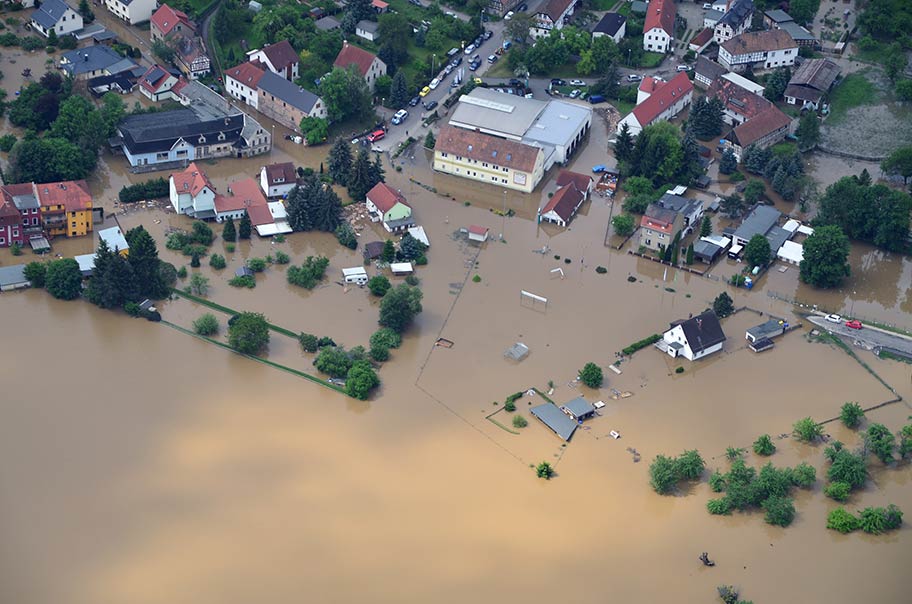
RJI news
Learning to JAM in 5 steps: New initiative reminds journalism students to archive their digital work
In the early days of computing, we used a phrase, “save early, save often.” Today’s digital content creators have more opportunities and more ways to save, but often forget this critical step.
To keep content from being lost forever, our students and faculty need to learn best practices.
I’m proud that our librarians, Ed McCain and Dorothy Carner, are launching an easy set of steps for digital storage. JAM — Journalism Archives Management — will set students and faculty on a path to preserving content long after it has been created.
— Linda Kraxberger, Associate Dean for Undergraduate Studies, Missouri School of Journalism
Breaking News 1: How monetizing became malvertising
Breaking News is a series on the self-inflicted fractures breaking the news business. This first report is on the malignant effects of ad tech.
Deep South, deep risk: Region faces climate adaptation challenges
In the news President Barack Obama is to visit flood-ravaged Louisiana today in the wake of inundating high water that killed 13 people and left more than 100,000 seeking federal assistance. The Great Flood of 2016 is being called the worst U.S. natural disaster since Hurricane Sandy in 2012, with 4,000 people in shelters days … Continued
What is a social media photo editor?
Gone are the days when news organizations had just copy editors and page designers. Today, there are newsroom titles like digital optimizer, audience analyst and executive mobile editor. As social media platforms have evolved so have job titles, along with the tools journalists use to communicate with audiences. In this series, RJI will learn more about these titles and the people who hold them.
Postscript: A WordPress plugin for data visualization and multimedia
The first plugin from the Storytelling Tools project is now free in the WordPress directory.
FL#162: Making audio interactive with Anchor app
Anchor app Anchor is an iOS app that allows users to interact and engage through audio recordings. These audio conversations can viewed in the app itself, or they can be shared on social media or exported to include in other broadcasts.Reporting by Sarah Sabatke. For more information: Anchor is a free app available for iOS … Continued
Dry spell: Covering worsening droughts
In the news A months-long drought has hit the northeastern United States, and while it’s not as dire as the West Coast’s five-year dry spell, it has stressed farms, prompted water restrictions and threatened more wildfires. It stretches from Maine to Pennsylvania and has hit Massachusetts particularly hard, as well as New Hampshire, Maine and … Continued
Digital preservation: What needs to be done?
Most recent news content resides in the back rooms and basements of news agencies across the country. It’s scattered through various forms of media, in all kinds of formats, and often with little organization, management or care. To make this content accessible — not just today, but for years to come — a number of … Continued
RJI Fellow’s ongoing e-newsletter personalization experiment yields surprising results
Tracy Clark, a 2015-2016 RJI Fellow, believes newspapers with editor-selected email newsletters would have better engagement rates if the content were personalized to each user’s interest. She is in the midst of a pilot study with a large U.S. newspaper, which is simultaneously publishing two email newsletters: one includes editor-selected news content, the other features reader-selected stories. The personalized newsletters are based on Clark’s Reportory platform. This is a progress report.
Mobile long-form journalism: The future is (even more) visual
Three RJI Research Scholars spent the past year studying the effectiveness and sustainability of long-form digital journalism. This is the fifth in a five-part series based on 53 interviews with millennials to gauge this audience’s reception to long-form journalism delivered on mobile platforms.









